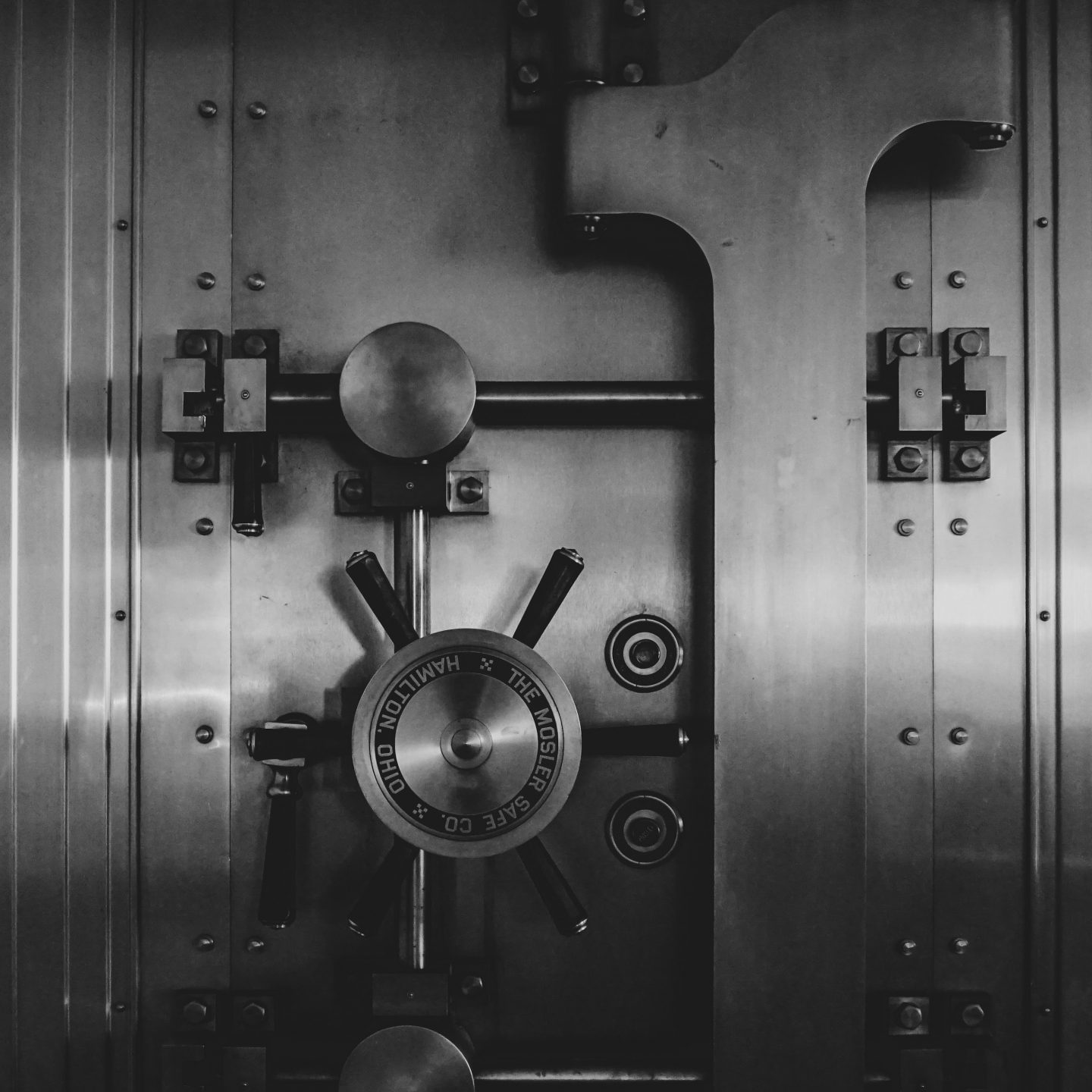Passwords: The Human-defined Firewall
Why using ‘P@55w0rd’ may not be as effective as you think and how to set better passwords.
In 2018, British Airways announced that a major security breach had exposed the personal data of 565,000 customers. The airline confirmed that over a two-week period, hackers were able to gain access to names, addresses, email addresses, credit card numbers, expiry dates and security codes. Then, in 2019, a data breach at Capital One resulted in the exposure of 106 million similar personally identifiable information (PII). These attacks are just a few examples of large scale hackings and the detrimental results that they incur. Aside from the more well-known or large scale attacks, hackers often prey on individuals or small businesses as their security systems are easier hacking targets and usually guarded by a simple password.
Since the creation of internet accounts, passwords have been the front line of defense for individual account protection. While the initial passwords only required a short pincode or a random dictionary word, passwords have evolved to include special characters, upper and lower-case letters, and numbers.
ABOUT THE AUTHORS
Preston Bradham M.S. is a Analyst within DayBlink’s Cybersecurity Center of Excellence
Justin Whitaker is a Partner and Practice Lead of DayBlink’s Cybersecurity Center of Excellence
